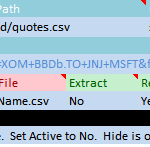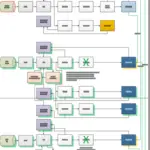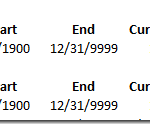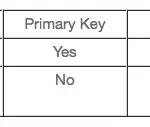
Stage Using REST API as Data Source
There is a wealth of data available via REST API much of which is publicly available. LeapFrogBI simplifies and automates the process of extracting data from

There is a wealth of data available via REST API much of which is publicly available. LeapFrogBI simplifies and automates the process of extracting data from

I get asked on occasion to quantify the efficiency that the LeapFrogBI data warehouse automation platform offers. Below are a few measures that were collected

It probably goes without saying that BI and data warehouse projects can be very complex. Taking a bottom up & agile approach breaks the larger

The Multi-File Stage s9600 template provides a simple method to stage many files with the same structure. The following steps describe how to setup this component.

The FTP File Stage s9500 template provides a simple method to collect one or more files from an FTP server. The following steps describe how to

Data sources come in all shapes and sizes. Some include all of the features needed to easily integrate into load processes. Others can cause all

Breakdown of an Accumulated Snapshot Fact Table When creating a model to describe a process that has a clear beginning, end, and phases in between,

Data warehousing closely resembles life in general. Just about when we feel like everything is going our way something unexpected happens. Before we know it

It is often important to custom design SQL Server database filegroups and files to meet business needs. LeapFrogBI enables developers to designate the filegroup name

SQL Server Integration Services offers developers a powerful toolset capable of performing a wide range of integration tasks. Data mart developers will typically design numerous